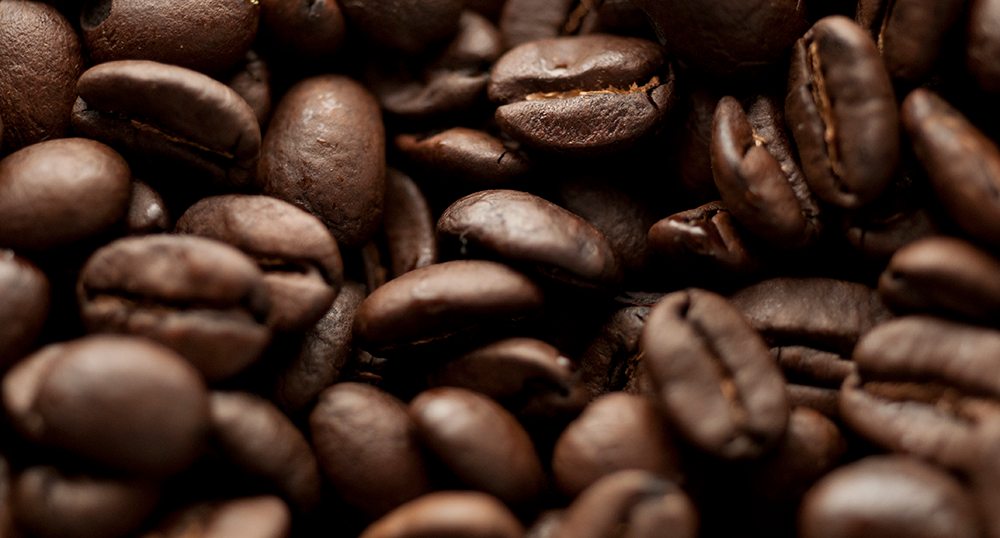An Abundace of Coffee Options Means a Multitude of Words to Describe It
The beginning of this new decade finds us in a golden age of coffee. While a regular old cup of joe is still readily available, we also have a wide variety of Specialty and Super Premium coffees at our fingertips.Not only is there an unprecedented selection of quality coffees available but many shops also offer a choice of brewing methods for those coffees, from traditional espresso and commercial drip to custom cups of Aeropress or French press. And when it comes to brewing at home, the sky is the limit in terms of gear we might use to create that “perfect for us” cup.
As producers have become more sophisticated and nuanced in their offerings and as the artisanal movement in the consuming countries has expanded our choices in the preparation of those coffees, so too has the vocabulary around coffee expanded. Some of the terms employed to describe coffee, both bean and beverage, are valuable in their precision. Some are jargon that would have been better left for use in the cupping lab.
In today’s blog we’d like to take a minute to define some of those terms, and we hope to shed some light on the use of words and phrases that can help add perspective and form to our enjoyment of the wealth of coffee experiences available to us today.
Coffee Tasting and Roasting Terms:
Acidity
Pleasing tartness of varying colorations present in all coffees. Not to be confused with sour or “acidic” coffees that have been stored too long after brewing.
Aftertaste
Residual flavor components perceived after the coffee has been swallowed.
Balance
Relative quantity of flavor components.
Body
Perception of the relative weight of the coffee.
Cleanness
Can refer to lack of defect, also to predominance of higher tone flavor elements, also to transparency of presentation.
Cupping
Loosely standardized method for evaluating coffee flavor profiles.
Mouthfeel
Qualitative feature of body, e.g. buttery, textured, silky, etc.
Profile
Refers to a clearly articulated sequence of events. Most commonly a series of sensory perceptions associated with a specific coffee, “profile” can also describe a specific and repeatable application of heat in the roasting process.
Roast
Manipulation of inherent flavor components through the application of heat.
Origins, Quality, and Types of Coffee:
Altitude
Elevation above sea level at which a coffee is grown, expressed in feet or meters. There is a loose correlation between altitude and quality.
Arabica
One of several species of the coffee plant, known for its pleasing flavor characteristics.
Blend
Combination of more than one single origin.
Certified
Coffee accompanied by a paper trail indicating special characteristics of how it has been grown, purchased or marketed. Some certifications are well defined, for example “certified organic”, some less so or not at all such as “farm direct”.
Cultivar
A subspecies produced by horticultural or agricultural techniques, for example the Bourbon variety of Arabica.
Micro-lot
Non standardized marketing term to indicate limited production of a specific coffee.
Premium
Non-standardized term indicating above average quality.
Process
Method by which harvested coffee is prepared for market, including steps of removing the fruit layer, fermentation, washing and drying.
Single origin
Coffee that comes from a single defined area. In past years an area as big as a country or region, more recently focusing on individual farms or processing stations.
Specialty
Coffee of a quality to score 80 or more points in a standardized evaluation format such as the Specialty Coffee Association cupping protocol.
Super premium
Non-standardized term indicating exceptional quality.
Variety (varietal)
Naturally occurring subspecies of a coffee species, for example the Gesha variety of Arabica.
Coffee Brewing Terms:
Brew
Colloquial term, see extraction.
Coffee to water ratio
Expression of the relative amounts of coffee and water used in a given extraction. Best measured by weight, 1:16 is a common recommendation for many brewing methods.
Contact time
Duration of contact between water and coffee in the brewing process, regulated in order to achieve a desired level of extraction.
Espresso
In its modern sense, refers to an extraction under pressure featuring a coffee to water ratio around 1:2.
Extraction
Removal and concentration of chemical compounds responsible for the sensory perception of flavor.
French press
Specific brewing method employing a coarse filter used to force or “press” extracted ground to the bottom of a brewing breaker.
Pour over
Brewing system in which gravity passes brewing water through a bed of grounds held in a filter.
Total immersion
Refers to brewing methods that hold coffee grounds immersed in water prior to filtration promoting a uniform extraction.
We hope this list of coffee terms helps in better understanding some of the narratives accompanying modern coffee descriptions.
For more on brewing tips, coffee tasting, industry knowledge, and other content, please subscribe to our newsletter. Follow us on Instagram, Twitter, and Facebook for more updates.

